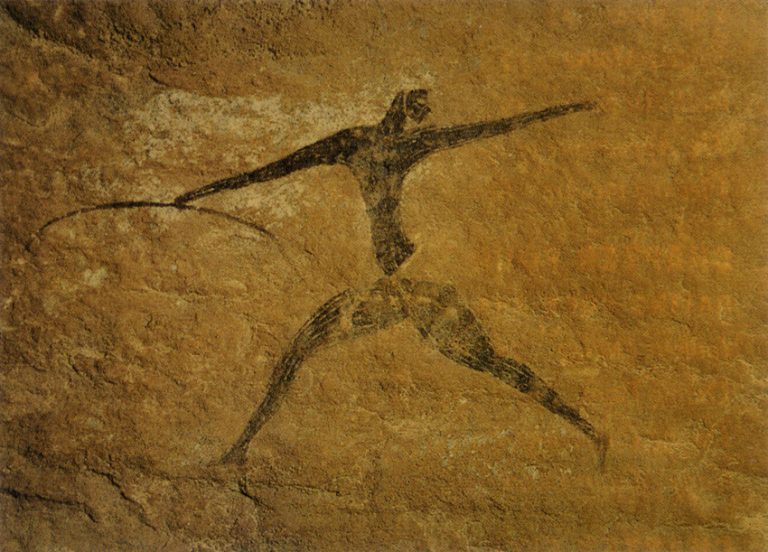
Madagascar is known as one of the world’s greatest biodiversity hotspots, with over 90% of its wildlife found nowhere else on Earth. As an isolated island off the southeastern coast of Africa, Madagascar is home to an array of plants, animals, and ecosystems that have evolved in stunningly unique ways. When people talk about Madagascar’s biodiversity, they’re talking about lemurs, baobabs, and chameleons, all iconic species that make this island’s wildlife unforgettable. But why exactly is Madagascar such a treasure trove of biodiversity?
Madagascar’s Unique Biodiversity
Madagascar separated from the African continent about 88 million years ago, and this long period of isolation allowed species to evolve independently. Because of this, Madagascar developed ecosystems and species unlike anywhere else on Earth, making it a living laboratory of evolution. The island’s isolation helped preserve unique genes, which in turn produced the unusual plants and animals that Madagascar is famous for today.

For example, Madagascar is home to more than 100 species of lemurs, including the ring-tailed lemur and the elusive aye-aye. Lemurs evolved here without the competition and predators they might have faced on a larger continent, allowing them to diversify across the island.
Incredible Endemic Species Found Only in Madagascar
Endemism (the occurrence of species unique to a particular place) plays a huge role in Madagascar’s biodiversity status. The island is packed with species that exist only here and nowhere else in the world. Here are some of Madagascar’s most iconic species:
- Lemurs: Lemurs are perhaps Madagascar’s best-known residents, with over 100 species ranging from the tiny mouse lemur to the large Indri lemur. They are only found on this island.
- Baobabs: Madagascar is home to six species of baobab trees, including the famous “upside-down tree” that can store thousands of liters of water in its trunk.
- Chameleons: About half of the world’s chameleon species live in Madagascar, including the tiny Brookesia chameleons, some of the smallest reptiles on the planet.
- Fossa: The fossa, a cat-like carnivore, is Madagascar’s top predator. It’s another animal found only here, making it a symbol of Madagascar’s unique food chain.

The island’s plant life is equally unique, with over 12,000 species of plants, 80% of which are endemic. Orchids and palms are particularly abundant, adding to the lush, diverse landscape.
Diverse Habitats: From Rainforests to Spiny Forests
Madagascar’s biodiversity is largely due to the island’s varied habitats. These different environments provide a range of conditions that have allowed species to adapt and evolve. Madagascar has several main habitats:
- Rainforests: The eastern part of the island is covered in dense rainforests, which are home to an array of plant and animal species, including lemurs, frogs, and insects.
- Dry Deciduous Forests: In the west, the dry forests host baobabs, lemurs, and the fossa.
- Spiny Forests: Unique to Madagascar, the spiny forests in the south have unusual, drought-resistant plants like the octopus tree.
- Mangroves and Wetlands: These coastal habitats support unique birdlife, as well as fish and other marine species that rely on the island’s ecosystem for survival.
Each of these ecosystems plays a critical role in sustaining Madagascar’s wildlife, creating micro-environments that support specialized species. For instance, some chameleons are found only in rainforests, while certain lemurs are adapted to dry forests.
Conservation Challenges and Why Biodiversity Matters
Madagascar’s biodiversity is exceptional, but it is also highly fragile. Approximately 90% of the island’s original forests have been lost to agriculture, logging, and charcoal production, threatening the species that rely on these habitats. The lemur population, for example, is in steep decline, with over 90% of species considered endangered. This makes Madagascar one of the most critical areas for conservation in the world.
Conserving Madagascar’s biodiversity isn’t just about preserving unique species, it also impacts global ecological health. Forests in Madagascar help store carbon, and the loss of these ecosystems could contribute to climate change. Protecting Madagascar’s environment, therefore, has implications for the entire planet.
Successful Conservation Efforts and Hope for the Future
There are several successful conservation initiatives underway in Madagascar, many of which involve local communities in protecting the environment. For instance, the Madagascar Biodiversity Partnership works to plant trees, restore habitats, and engage communities in conservation. Similarly, the government has established protected areas that cover around 5% of the island, though expansion is needed to safeguard more species.
Organizations like the World Wildlife Fund (WWF) are working with Malagasy people to develop sustainable practices, reducing the impact of agriculture and providing alternative livelihoods. Tourism also plays a role in conservation, as many visitors come specifically to see Madagascar’s wildlife, creating an economic incentive to protect these natural resources.
Madagascar: A Biodiversity Treasure Worth Protecting
Madagascar’s position as a biodiversity hotspot is no accident; its isolation, unique habitats, and remarkable array of endemic species make it one of the most extraordinary places on Earth. From the lemurs to the baobabs, Madagascar’s natural wonders are deeply precious and increasingly vulnerable. The efforts to protect this biodiversity are important, not only for the island’s species but for ecological stability worldwide. For anyone passionate about nature, Madagascar is a reminder of the beauty and fragility of life on Earth.
Discover more from Amebo Media
Subscribe now to keep reading and get access to the full archive.




